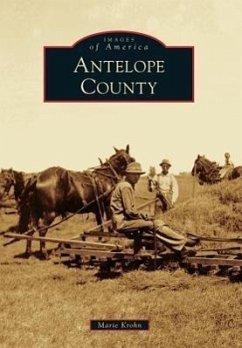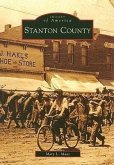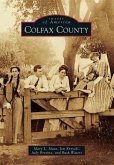Named for the frisky and elusive animals that bounded across the prairie, Antelope County is located in the center of Nebraska's northeast corner. The county's gently rolling slopes are bisected by the Elkhorn River Valley. The first people traveling through the area were fur traders and Pawnee, Lakota Sioux, Cheyenne, and Arapahoe Indians. After passage of the Homestead Act in 1862 and the end of the Civil War in 1865, the lure of starting a new life on unclaimed land in the West brought settlers to the valley. When immigrants from New England, Indiana, Ohio, and Illinois rode the ferry across the Missouri River, they were advised to travel farther west to the fertile soil of the Elkhorn Valley. After Antelope County was founded in 1871, railroads promoted the establishment of Oakdale, Neligh, Tilden, Clearwater, Elgin, Orchard, Brunswick, and Royal. The settlers engaged in farming and related agricultural activities.
Hinweis: Dieser Artikel kann nur an eine deutsche Lieferadresse ausgeliefert werden.
Hinweis: Dieser Artikel kann nur an eine deutsche Lieferadresse ausgeliefert werden.








